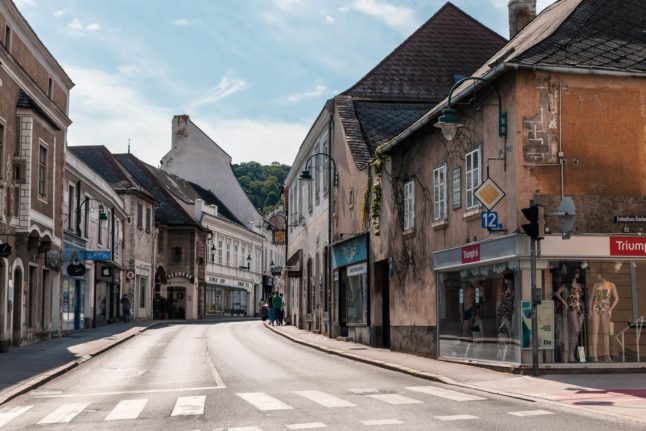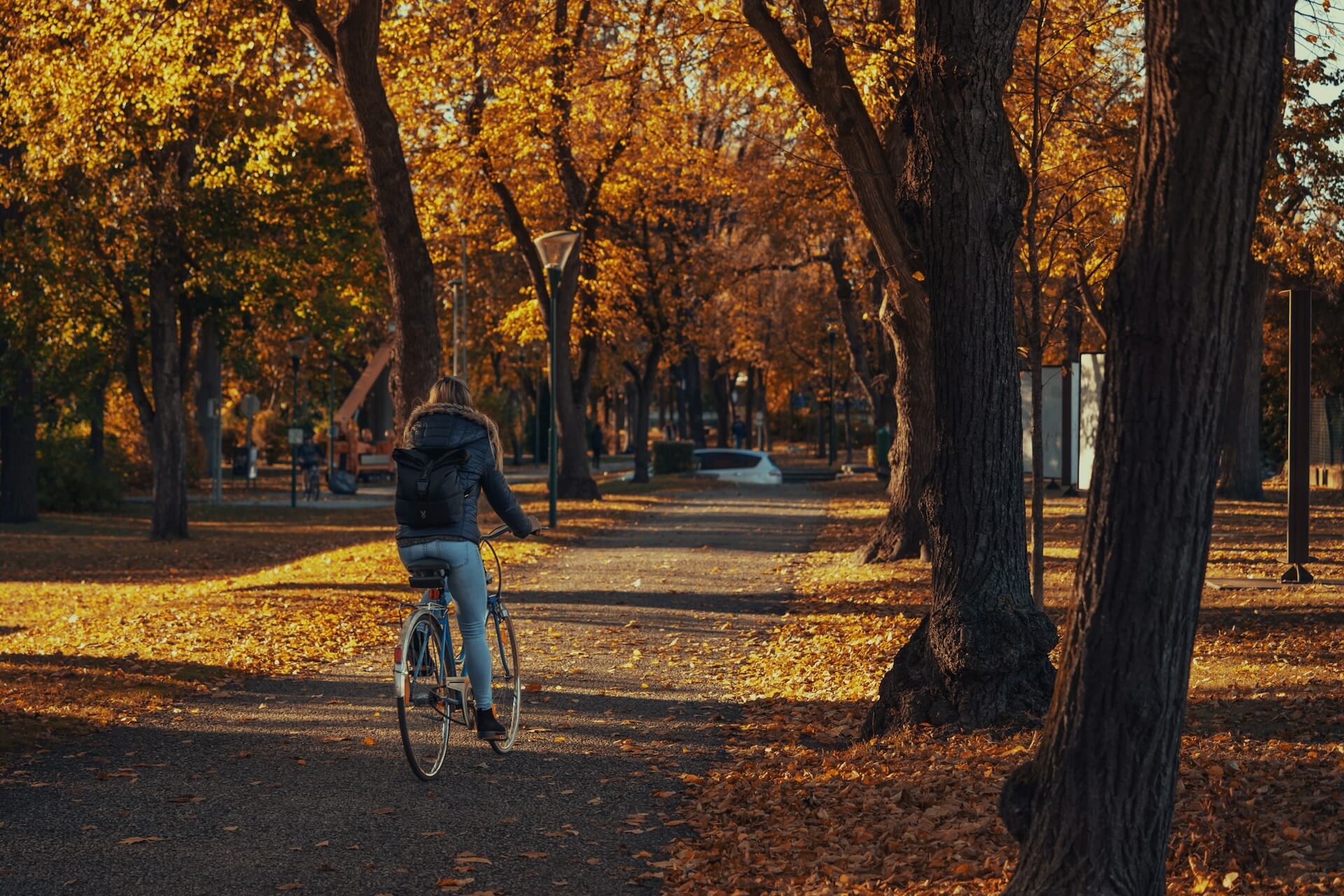It’s often said that Austria is a country with high quality of living and high taxes, but a new OECD study shows just how high the tax burden is here compared to other OECD countries.
According to the report, Austria has the third-highest tax burden on workers and the so-called “tax wedge”, how much of a worker’s wage is taken by the government, increased as well.
According to the OECD, in most countries, the increase in labour taxation was primarily driven by increases in personal income tax.
This is because nominal wages increased in 37 out of 38 OECD countries as inflation remained above historic levels. However, since most of these countries do not have automatic indexation of tax systems, high inflation tends to increase workers’ tax liabilities by pushing them into higher tax brackets.
However, Austria’s federal tax reforms removed this in the country in 2023. This means that once inflation rises, the tax brackets that define how much taxes you will pay on your income will also rise – and they have risen in 2023 and in 2024 since the change.
The measure was known as the “end of the cold progression” in Austria and should have protected workers’ incomes from inflation losses.
READ ALSO: The tax benefits that parents and families receive in Austria
What is the tax ‘wedge’?
The OECD defines a tax wedge as “income tax plus employee and employer social security contributions, minus cash benefits.”
In other words, if an employer has a labour cost of €100, how much will they actually see in their pockets, and how much of this goes to the state? According to the organisation, the percentage is the tax wedge.
In Austria, €100 earned by a single employee without children was taxed at an average of €47.2 last year. The amount was only smaller than in Germany (47.9 percent) and Belgium (52.7 percent) and it rose compared to the previous year when it was still at 46.9 percent.
The average of the 38 OECD countries was 34.8 percent.
Married single-earner couples with two children also have high tax burdens, with a tax wedge of 32.8 percent (OECD average: 25.7 percent), which is the eleventh-highest tax and contribution burden within the OECD for this group (2022: 13th place). For married dual-earner couples, the wedge was 40.6 percent.
The tax wedge for individuals or households with children is generally lower than those without children, as many OECD countries grant households with children a tax advantage or cash benefits.
READ ALSO: Why it’s worth filling in your annual tax return in Austria
Why is Austria’s tax burden higher this year?
Despite the tax reform presented by the government, Austria’s tax wedge has increased compared to the year before.
The reason is the relief granted in Austria in 2022 in the form of one-off state payments. With the rising cost of living, the federal government released several temporary measures to help people in the country cushion the effects, including the popular €500 Klimabonus payment every person who had been a resident of Austria for at least six months was entitled to.
These payments and increases in family allowances reduced the tax burden in 2022 – but they no longer exist or were drastically cut in 2023. Because of that, the tax burden is rising again.
“The abolition of cold progression and the other measures have merely prevented the tax burden from rising more sharply,” Wifo economist Margit Schratzenstaller told Der Standard.
The report said the increased tax issues show that there is still a need for action. Compared to other industrialised countries, Austria’s tax burden on work for a single person without children is ten percentage points higher. Of course, the expert noted, the fact that many industrialised countries have a different social system with fewer publicly funded benefits also plays a role here. However, labour is also expensive in Austria compared to the EU average.
READ ALSO: What foreign residents in Austria should know about taxes
“The fact that the tax burden on the middle classes has increased is due to the government’s failure. Instead of structural relief, there have been one-off payments that have evaporated,” said Lukas Sustala, head of Neos-Lab, the think tank of the liberal opposition party.
NEOS representatives have urgently called for a ‘comprehensive tax reform’ to alleviate the heavy labour burden, with a significant reduction in non-wage labour costs, according to an ORF report.
In addition, NEOS proposes the creation of ‘tax incentives for full-time work’ – including a full-time bonus and tax exemption for overtime pay. Simultaneously, NEOS aims to eliminate ‘part-time incentives of any kind’, offering a potential boost to the economy and workers’ incomes.
Economist Schratzenstaller also recommends action: She suggests reducing social insurance contributions, for example, for health insurance companies. However, it’s important to note that intervening in this area could affect the largely autonomous financing of Austria’s healthcare system, which is funded mainly through workers’ and companies’ payments via social insurance contributions.








 Please whitelist us to continue reading.
Please whitelist us to continue reading.
Member comments